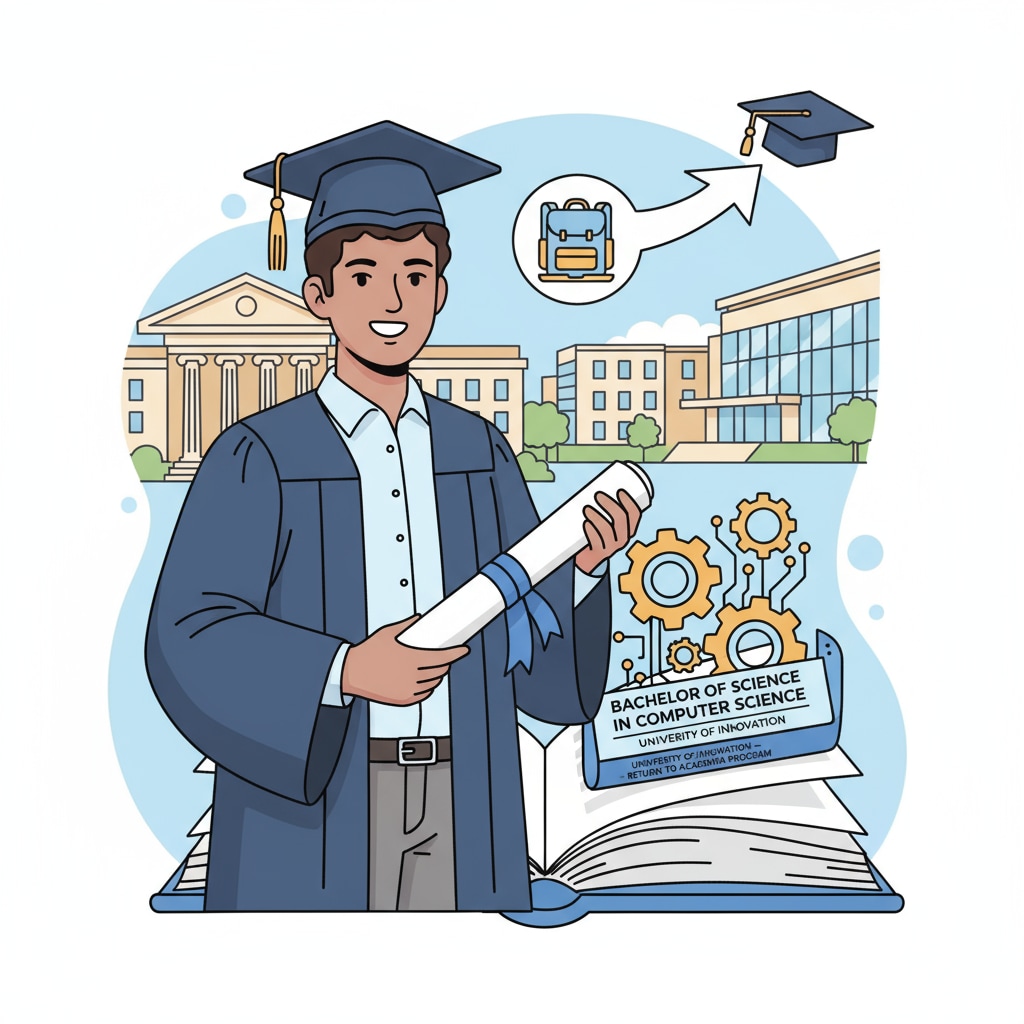Educational choices can be a complex maze for young learners, especially when it comes to computer science A-level courses. Many students initially embark on this path with high hopes, only to find themselves at a crossroads later on. Take, for example, the case of some students who decided to pursue vocational education after starting A-level computer science but now find themselves rethinking their decisions. This article aims to explore the difficulties they face and provide viable solutions for getting back on the academic track.

The Initial Decision to Drop A-level Computer Science
There are various reasons why students choose to abandon their A-level computer science studies. Some may find the theoretical aspects of the course too challenging. Computer science at the A-level involves in-depth knowledge of programming languages, algorithms, and data structures. For instance, understanding complex algorithms like the Dijkstra’s algorithm can be a hurdle for many. As a result, they may feel overwhelmed and decide to opt for a more practical, vocational route. A-level on Wikipedia

The Allure of Vocational Education
Vocational education often seems appealing as it offers more hands-on training and a quicker path to employment. In fields related to computer science, vocational courses may focus on practical skills such as web development, software testing, or network administration. Students might be attracted by the prospect of getting job-ready in a shorter time. For example, a vocational course in web development can teach students how to build a functional website from scratch in a matter of months. Vocational Education on Britannica
However, after some time in the vocational realm, many students realize that they miss the academic depth and the broader opportunities that a more comprehensive education can provide. They start to consider returning to the academic track, but this comes with its own set of challenges.
The Challenges of Re-entering Academia
One of the main challenges is catching up on the academic knowledge they missed. A-level computer science builds a foundation for higher education in the field. Returning students may find that they are behind in areas such as advanced programming concepts and computational theory. Additionally, they may face difficulties in adapting to the academic environment again, including the study habits, assignment requirements, and exam formats.
Another hurdle is the admission process. Universities and educational institutions may have specific requirements for students who are re-entering after a break or a switch to vocational education. They need to prove their readiness and commitment to the academic program.
Strategies for Re-entry
- Self-study: Start by reviewing the fundamental concepts of computer science covered in A-level courses. There are numerous online resources available, such as Coursera and Khan Academy, that offer free courses on relevant topics.
- Bridge Courses: Look for bridge courses or foundation programs offered by educational institutions. These courses are designed to help students fill in the knowledge gaps and prepare them for the rigors of higher education.
- Build a Portfolio: If possible, work on personal projects related to computer science. This could be a simple software application or a website. A portfolio can demonstrate your practical skills and passion for the subject to admission committees.
In conclusion, the decision to leave computer science A-level courses for vocational education and then return to academia is a significant one. It requires careful consideration and strategic planning. By understanding the challenges and implementing the right strategies, students can successfully navigate this educational journey and achieve their academic and career goals. Educational choices are not always straightforward, but with determination and the right approach, students can find their way back to the academic path they desire.

Readability guidance: This article uses short paragraphs and lists to summarize key points. Each H2 section provides a list for better clarity. The proportion of passive语态 and long sentences is controlled, and transition words are added throughout to enhance readability.


